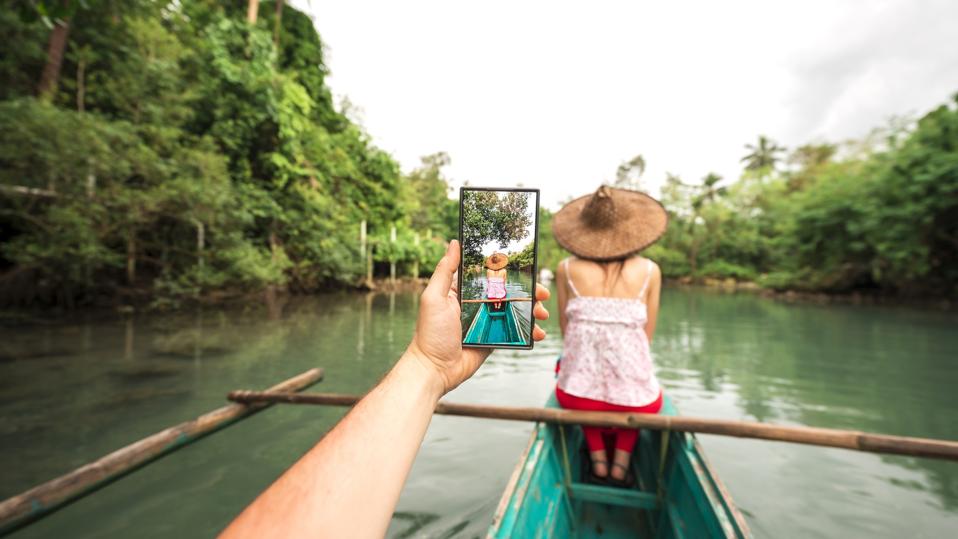Topline
The Philippines is the latest country offering self-employed and remote salaried workers from around the world the opportunity to stay longer—and spend more—as part of a visa program that became popular during the COVID-19 pandemic.
Key Facts
Philippines President Ferdinand Marcos, Jr. has approved a digital nomad visa to allow foreign remote workers to stay in the Philippines for up to a year, with the option to renew for another year.
Applications will begin within 60 days, the Philippines News Agency reported.
Applicants must be at least 18 years old and be able to prove sufficient income generated outside the Philippines and have no criminal record and health insurance.
Last year, the Philippines welcomed around 5.6 million international tourists, falling 23% short of its annual target of 7.7 million.
In 2024, a number of Asian countries launched digital nomad visas, including Japan, Thailand, and South Korea.
Last year, more than 18 million American workers described themselves as digital nomads—representing 11% of all U.S. workers and a jump of more than 147% since 2019, according to the MBO Partners 2024 State of Independence report.
Key Background
Over the past five years, travelers have encountered looser rules and less friction when visiting for extended periods in destinations around the world. Digital nomad visas—a modern alternative to traditional paper visas affixed in a passport—have become a popular economic tool for countries around the world to attract self-employed or remote salaried workers who are allowed to live in the country for a set amount of time, spending money and boosting the local economy without threatening the jobs of citizens. As of 2023, roughly half of the world’s countries offered digital nomad visas for up to one year, according to a UN Tourism report that found roughly 40% of destinations exempt digital nomads from tax payments and 17% do not have minimum income requirements. There’s less red tape, too—three quarters of destinations offering DNVs have online applications with processing times of less than one month.
What Makes The Philippines’ Digital Nomad Visa Appealing?
English is widely recognized as a second language in the Philippines, with the majority of Filipino adults able to speak and understand it. The cost of living is relatively low, even in cities, and internet penetration of around 90% as well as easy access to beaches. “With our unparalleled natural beauty, vibrant culture, and the warmth of the Filipino people, the Philippines stands ready to welcome digital nomads to travel, work, and thrive across our islands,” Philippine Tourism Secretary Christina Frasco told the Philippines News Agency.
Big Number
90 million. That’s how many remote digital jobs there will be in the world by 2030, according to a World Economic Forum white paper published last year.
Tangent
In January, the United States slid to the 9th spot on the Henley Passport Index, a ranking of the world’s passports according to the number of destinations their holders can access without a prior visa. America’s ranking is suppressed by its lack of reciprocity. While American passport holders can access 186 out of 227 destinations visa-free, the U.S. itself allows only 46 other nationalities to pass through its borders visa-free, putting it way down the Henley Openness Index in 84th place according to the number of nationalities permitted entry without a prior visa.
Further Reading
South Korea Is Launching A Visa Just For K-Pop Fans (Forbes)

